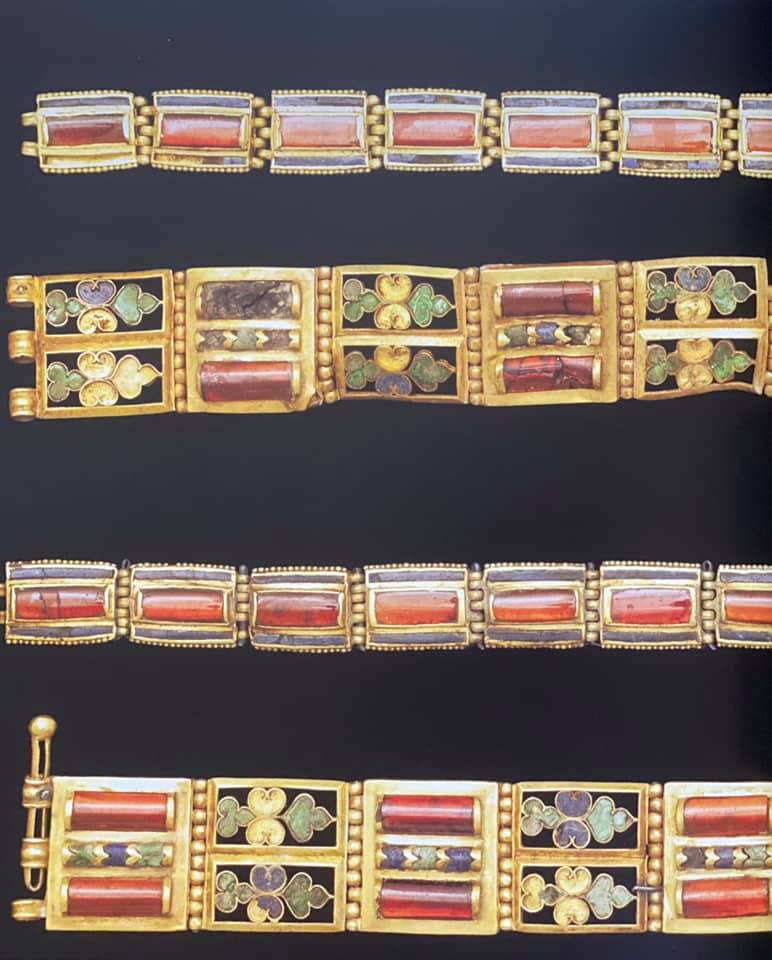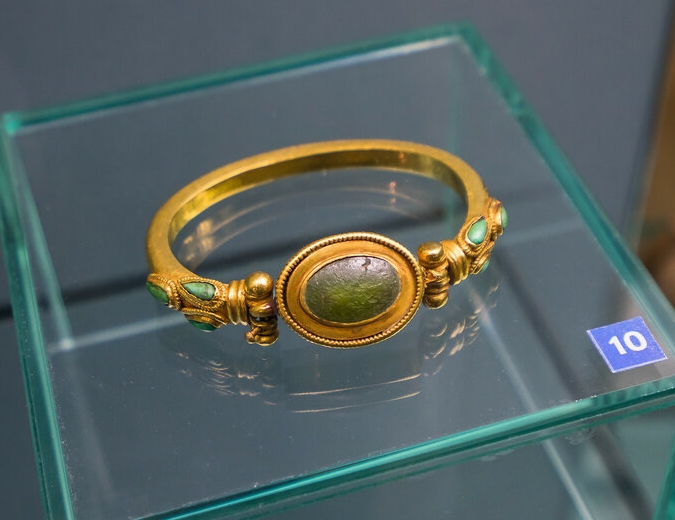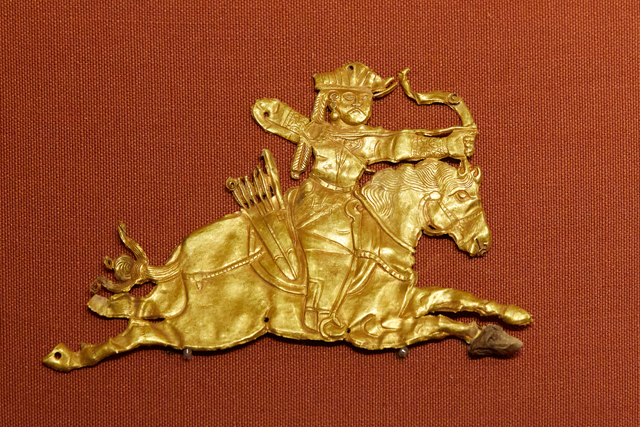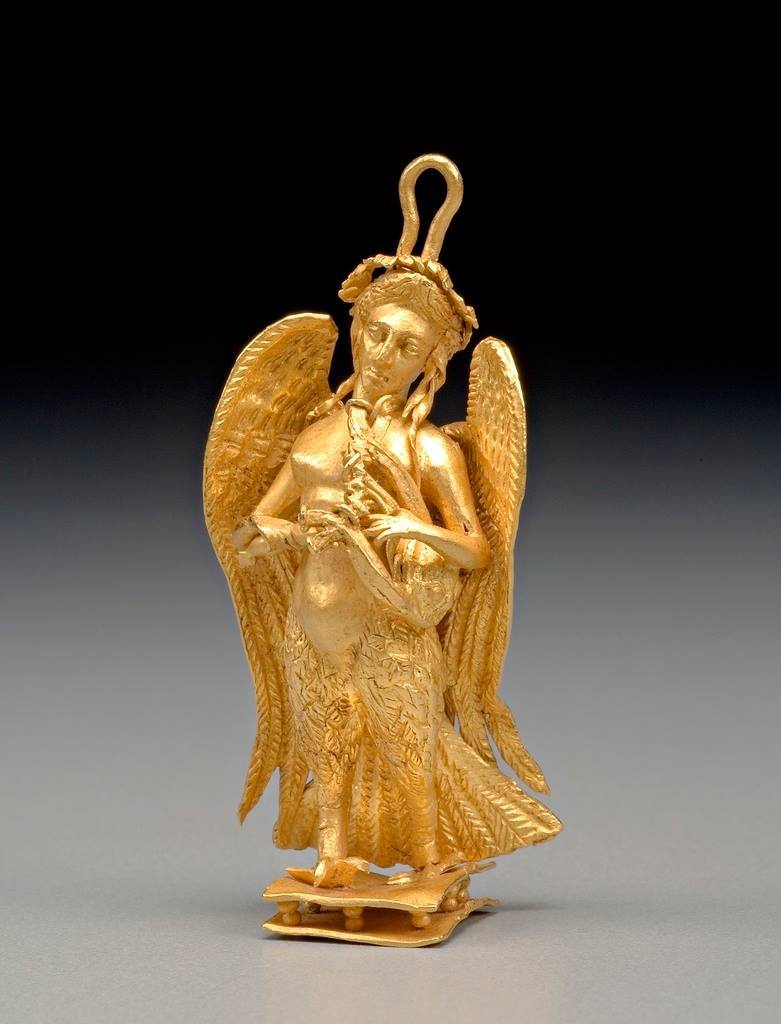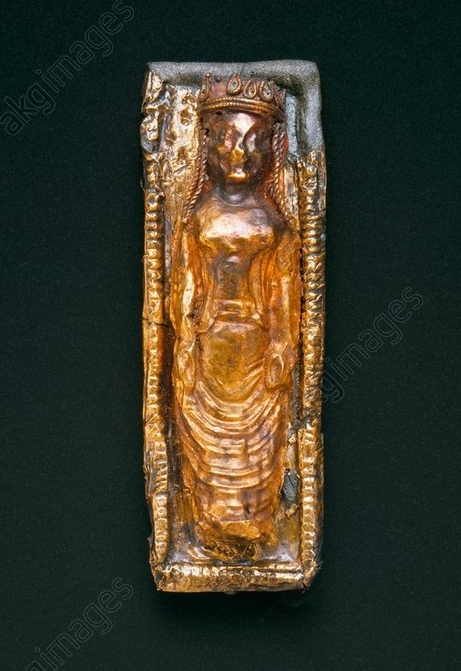Real keys
Perhaps real keys

Early Christian gold ring with a cross pattern and two Latin inscriptions. On the bezel: ACCIPE DVLCIS (take the love), on the hoop: MVLTIS ANNIS (many years). Probably a marriage ring. 2nd-3rd century, from Egypt.
In the British Museum Inv. no. AF.197

The Met L.2015.72.1 


Late Roman key ring “Homonoea”, made of gold with a nicolo intaglio with an image of goddess Victory. It is dated to the late 3rd – early 4th century. The Met L.2015.72.1
This ring was sold on the Christie’s auction in 2007. The auction description:
“The broad band composed of twelve panels with pierced-work decoration consisting of an inscription in two registers framed by rows of pelta shields.
The inscription likely reading: MSVIPMARCIDA PENIHOMONOEA, “Homonoea, wife of P(ublius) Marcus Dapienus, her husband”.
The rectangular bezel set with a rectangular bevelled stone, engraved with a winged Victoria striding to the left, wearing a long chiton, holding a palm branch and wreath, the bezel projection with pierced-work peltae amidst tendrils
¾ in. (1.9 cm.) wide; ring size 5″

The Met 2016.805 


4th century gold ring with an inscription: Πουλχρης (Poulchrīs). The Met 2016.805
This late Roman key ring is made of a wide gold band and the bezel is set with an almost oval cameo in white on brown onyx. The cameo of the hand pinching the earlobe underscores the message of the Greek inscription “[MNH]MONEYE,” meaning “Remember [me].” Rome, Eastern Mediterranean, late 3rd – 4th century.
Height 17 mm, exterior width hoop 16 mm, bezel with key 22 x 13 mm. Weight 8.2 gr, US size 1, UK size B
Source: Tricia Verveer
Key-rings with a temple motif
3rd century gold ring from the National Museum of Bosnia and Herzegovina depicts a seated Jupiter presenting a Victory on a globe to a standing emperor. Such a ring could be a gift for a military officer as tokens of imperial largesse.
Marriage rings







